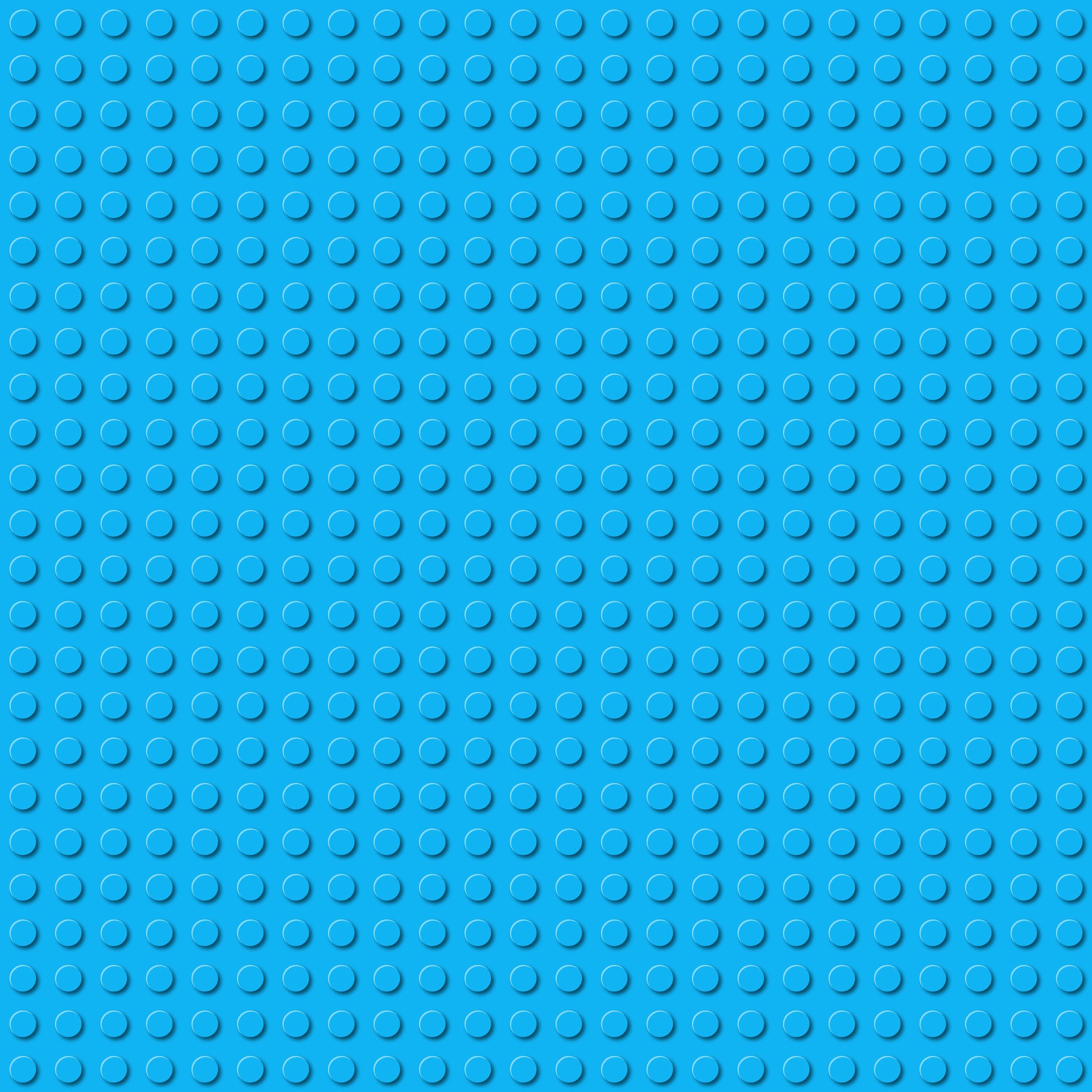

In a 2020 study published by the Indian Journal of Opthalmology, they found that during the COVID-19 lockdown, 32.4% of the studies population used a blue-light-emitting device for 9 to 11 hours a day, while 15.5% used their devices for 12 to 14 hours a day.

Too much exposure to blue light can cause eyestrain and sleep loss. Long-term exposure to blue light can be damaging to your health. However, as with everything else in life, too much of a good thing can be harmful. During the day, limited amounts of exposure to blue light can be beneficial by boosting alertness and even your mood. The amount of exposure to blue wavelengths of light and the time of day is essential. The issue with blue light is that it decreases our bodies’ melatonin production, affecting our eyes, sleep, and overall well-being. This excessive exposure to blue light has some health professionals worried. The increasing concern for blue light exposure results from the widespread use of devices relying on light-emitting diode (LED) technology. While you get most of your exposure to blue light from the sun, people are now getting more exposure than ever from their screens.

It can be found in the sun’s rays and emitting fluorescent lighting in your home and electronic devices. What is Blue Light?īlue light is a small section of the visible light spectrum, similar to that of ultraviolet light, not to be confused with ultraviolet rays, possessing short, high-energy wavelengths. Therefore the color of objects may vary from person to person based upon how their eyes and brain process the information. The reflected waves go through several layers within our eyes and brain to be recognized. The waves absorbed into the object are no longer visible to the human eye but rather the waves that reflect off of the thing. Light hits an object, such as the red ball, and while some visible light waves are absorbed into the ball, others are reflected. Instead, that is how your mind registers the light the ball reflects. Typically, the human eye can see wavelengths ranging from violet light at 380 nanometers to red light at 700 nanometers.įor example, you have a red ball. However, the wave’s high motion produces a color the human eye can recognize. The wave itself is too fast for our eyes to detect. Instead, they give off light that “appears” to be a color to the human eye. Color is both an inherent property of light and an artifact of the human eye. The visible light spectrum is the range of wavelengths called visible light that helps us recognize objects’ color. Electromagnetic energy travels in waves and spans a broad spectrum from long radio waves to short gamma rays. What is Visible Light?īlue light is a part of the visible light spectrum, a small segment of the electromagnetic spectrum that the human eye can see.
#Light blue blocks how to#
To better understand how to purchase blue light filters, it is essential to understand what blue light is and how it can be blocked or removed. But how do you know what blue light filter is going to be effective? With companies marketing blue light blocking products from screen protectors, glasses, and light bulbs, what makes these products work effectively, and how can you tell the difference between those that aren’t? In addition, why do so many blue-blocking filters come in an amber tone? Blue light has become an increasingly prevalent concern for many individuals who rely heavily on blue light-emitting devices such as phones, computers, and tablets.


 0 kommentar(er)
0 kommentar(er)
